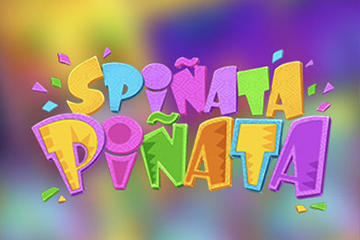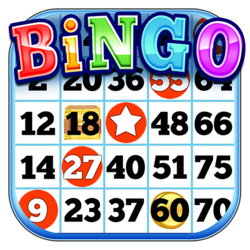Backgammon is in many ways a unique game: it combines very simple rules and very complex strategies. It isn't just enough to learn how to play it, it’s essential to stick to a particular (and sometime very complex) strategy.

Mathematical strategy for backgammon
Any strategy for this game, regardless of how complicated or effective it is, is useless you don’t get the numbers you need when rolling the dice. It won’t work if you overshoot or undershoot either. So the basis of any strategy in Backgammon is to learn how to work out the probability for that any combination would be rolled on the dice, and to plan your following actions accordingly.
Mathematical strategy for playing Backgammon is quite good in terms of usability: it can be applied to a traditional board as well as any virtual casino when playing against online opponents. First of all, it is essential to keep in mind that the number of potential combinations of a throw of dice is limited. In reality there’s a total of 36 possible combinations (six different possible variants for one dice, and six for the second one). If you know the probability of rolling a number you need on 2D6 (on two six-sided dice), you can plan how much risk you can take with your next move.
Let’s think about a choice between two potential moves: one that would let you place a checker one field away from the opponent’s figure, and the other one will get you nine fields away from your opponent. If you use the probabilities to estimate a probability for getting particular combination on 2D6, you can evaluate the probability that your opponent would end up rolling the same and moving your checker to the side.
If one the dice rolls 1, then opponent would be able to place your checker one field away on the board. There are 11 possible outcomes here: both dice roll a 1 on each or just one. So the probability of your opponent getting a chance to remove your checker would be 11 in 36.
If you place your checker 9 fields away, he would have to roll one of the following combinations to remove it: 4-5, 5-4, or 6-3. The probability of this is 4 in 36. Hence you can see that moving 9 is the less risky or more favourable move.
Even if you are new to Backgammon and can’t manage to do similar calculations quickly, you need to remember a single rule that is based on probabilities. The rule says that it’s more probable to roll any number above six on two dice and less likely to roll below six on 2D6. This is the best basis for deciding if the move is risky or safe.

Three main backgammon strategies
Selecting a particular strategy would depend on which style of game you prefer and what your goals are.
If you want to remove all your checkers ASAP, it’s best to stick to playing quickly and carefully. This strategy is the easiest to follow as you would use the numbers you roll on dice in the most optimal manner, moving quickly around the board and getting your checker across the board. This strategy is only useful when playing new players as experienced players won’t let you get away just like that by puting roadblocks anywhere you go.
If you are planning to get across the board quickly, but at the same time make the game as hard as possible for others, start ’building your house.’ In practice this means that you need to move largest number of checkers possible into your house and build a ’wall’ in a few fields. In this situation the speed of your opponent’s play will be significantly slowed down because it would be harder for him to remove his checkers from your house. You would have an opportunity to hit the blots and force opponent’s pieces on the side, keeping him under pressure.
If you are using the ’build your house’ strategy, remember that some of your pieces are in your opponent’s house to start with, and this means that he can do the same to you to complicate things. Try moving your checkers in the fastest possible manner so that you are not under threat. This is a strategy in itself, and is normally called ’retreat’ strategy. Ideal would be to get a combination of 6-6 or 6-5 as a result of a throw on 2D6 as it would guarantee safe movement or your checkers. The difficulty here is that odds of rolling such combination are 2 in 36.




